By Susanne von Rosenberg, UC Master Gardener of Napa County
As a gardener, you are doubtlessly painfully aware of how little rainfall we had during our last rainy season. According to the United States Drought Monitor, Napa (along with more than 50% of the entire state) is currently in an exceptional (category D3) drought.
Some counties have already imposed water conservation requirements. We can count on Napa County and its cities having to do so as well.
During an exceptional drought, fire season lasts year-round. Water is inadequate for agriculture, wildlife and urban needs, and reservoirs are extremely low. In addition, our soils are already pretty dry and cannot serve as a reservoir for our plants in the late spring and early summer, as they normally do.
So, knowing that water conservation requirements are coming, your plants need irrigation sooner than they would during a normal rain year. As a good steward of the planet, what can you do to better prepare your garden to use less water?
In addition to continuing to make your garden more water-wise in general, you can take specific steps now to reduce the water needs of your garden. Make yourself a checklist and make May your drought-preparedness month.
Two of the easiest things you can do to use less water are to mulch your garden and to move to drip irrigation wherever possible. Before you mulch any part of your garden that isn't currently mulched, make sure that you water well so that the soil is moist below the mulch. Then install drip irrigation, and mulch over the drip irrigation, if possible. If you install irrigation over the mulch, water will have to moisten the mulch first before it can penetrate to the soil.
If you are currently hand watering or using sprinklers, installing drip irrigation will help ensure that the only the plants that need water are getting it. You can easily install a drip system yourself. Drip irrigation waters slowly, which means the water has time to penetrate the soil. You save water by preventing run-off and evaporation, and you get fewer weeds.
Then make sure you only water when necessary. For annuals and shallow-rooted perennials, it's time to water when the soil is dry two inches down. For trees, you can wait until the soil is dry at least six inches down. Get to know your plants and understand what signs of water stress look like.
Given that we are in an exceptional drought, the more you do to conserve water in your garden, the better. Another important tool in water conservation during a drought is to prune your trees hard. Preserve leaf canopy that provides shade to your house and other plants but reduce the size of ornamental and fruit trees that don't provide a direct shade benefit.
The smaller the tree, the less water it will need. You can safely prune back fruit trees by one-third. If you expose any limbs that have previously been shaded by leaves, paint them with white interior latex paint (diluted with an equal amount of water) to protect them against sunburn. You should also thin fruit on fruit trees to reduce water demand and get better fruit.
You can reduce the water needs of delicate plants by creating afternoon shade for them. Install shade cloth or other materials to block the afternoon sun.
Think about what parts of your garden are most important to you. You may have to decide not to water certain plants. What are your priorities? You'll probably want to focus on saving perennial plants, especially trees. Although I have a vegetable garden, I would definitely let that go in favor of watering my fruit trees.
You can also rethink your garden. Are there parts that are particularly thirsty? Maybe this is the year to remove those plants, and plan to replant in the fall with more drought-adapted plants.
If you have any unneeded lawn, consider replacing it. Stop watering it and work on a replacement plan to implement in the fall.
Delay any new plantings until we get adequate rain unless the new plantings will require considerably less water than what they are replacing.
Finally, know that your perennials can survive on less-than-optimal amounts of water. When plants lack water, they conserve by closing the stomata (openings) in their leaves that allow water to evaporate. Photosynthesis stops because the plant is no longer getting any carbon dioxide from the air. The result is that the plant won't grow as much as it would with optimal water. Let it catch up in a wetter year.
I encourage you to start now to conserve water, doing your share to help make sure we have enough water to go around.
Food Growing Forum: On Sunday, May 9, UC Master Gardeners of Napa County will host a discussion on “Beans and Summer Pruning of Fruit Trees” from 3 p.m. to 4 p.m. Register to get the Zoom link.
Library Talk: On Thursday, May 6, from 7 pm to 8 pm, UC Master Gardeners of Napa County will hold a virtual talk on “Right Tree, Right Place: Making Smart Tree Choices for Your Landscape.” Register to get the Zoom link: http://ucanr.edu/2021MayRtTreeRtPlace
Tree Walk: On Tuesday, May 11, from 10 am to noon, UC Master Gardeners of Napa County will host a docent-guided tree walk in Fuller Park in Napa. Group size is limited to seven. To register: https://bit.ly/2Qg3tib
Got Garden Questions? Contact our Help Desk. The team is working remotely so please submit your questions through our diagnosis form, sending any photos to mastergardeners@countyofnapa.org or leave a detailed message at 707- 253-4143. A Master Gardener will get back to you by phone or email.
Attached Images:
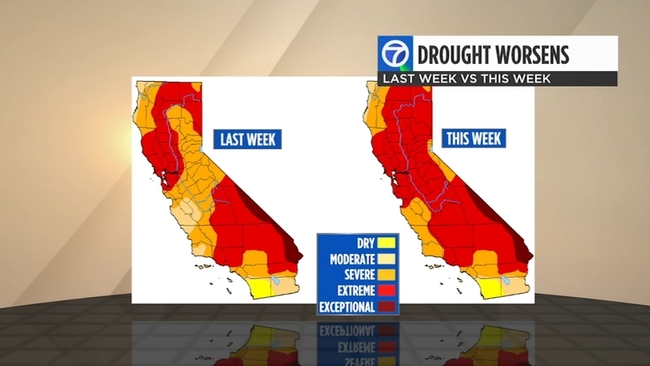
Drought map at 5.6.21. (abc7news.com)

Be Water Wise. (logolynx.com)

Make your personal drought-preparedness checklist. (pixabay.com)
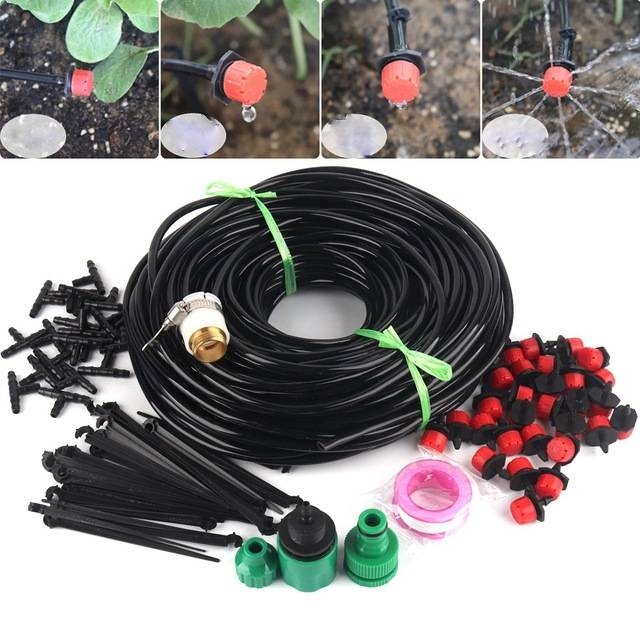
Drip irrigation can be a DIY project. This is representative of what is available to homeowners. (bestseedsonline.com)
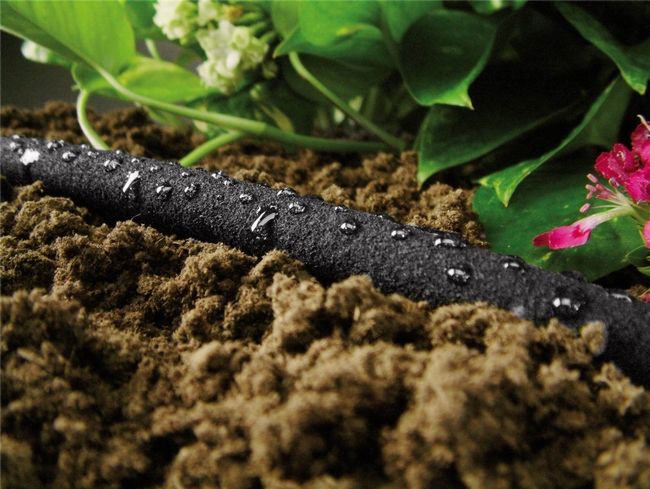
Soaker hoses on timers are another method to conserve water. (smartsprinklercontroller.com)
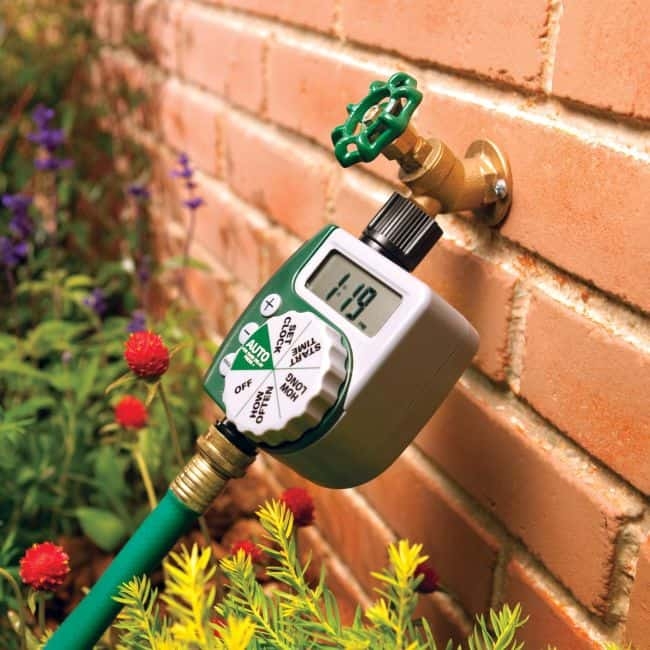
Timer for DIY drip irrigation or soaker hose. (gardenoid.com)
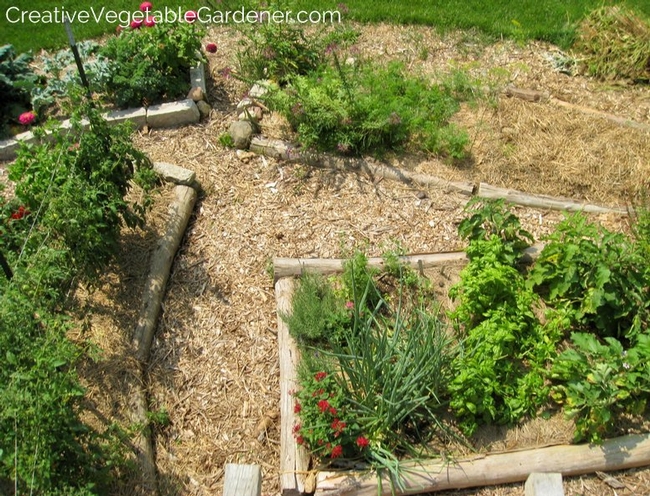
Mulch helps conserve water. (creativevegetablegardener.com)
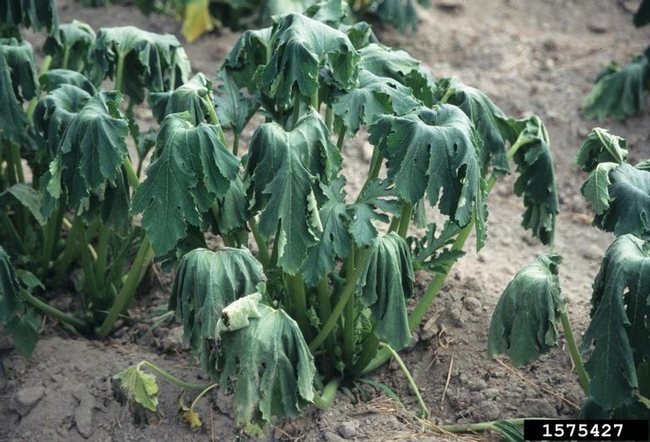
Know the signs of water stress before reaching this point. (missouribotanicgarden.org)
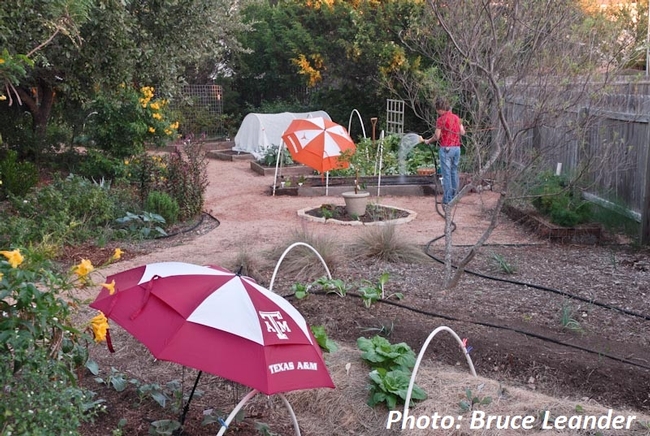
Provide shade when needed. (centraltexasgardener.org)